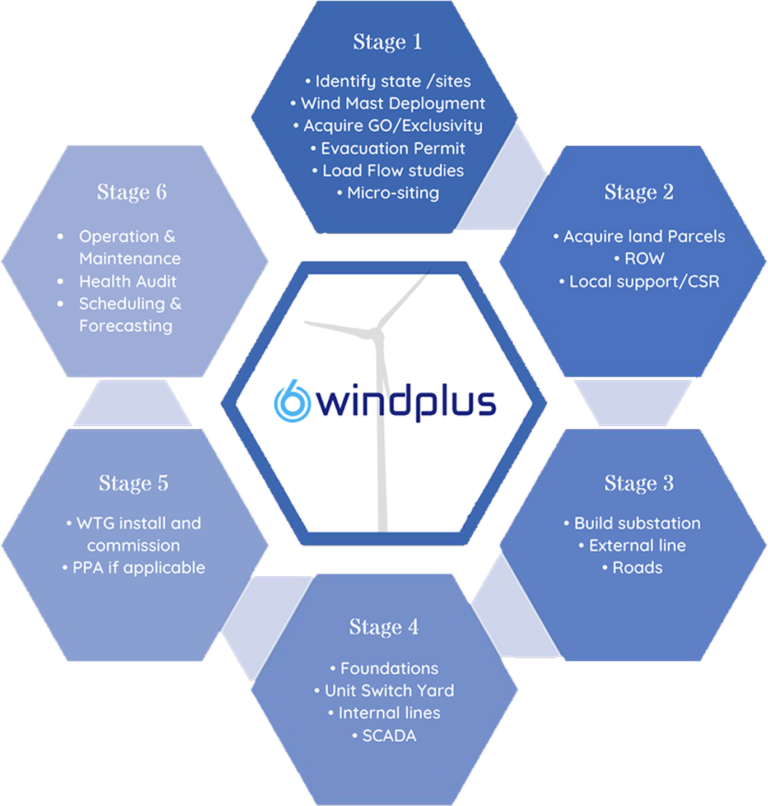The idea of repowering has become popular in the ever-changing energy production landscape as a tactical way to improve the sustainability and efficiency of the current power infrastructure. Repowering entails updating or swapping out antiquated parts of power plants with more advanced, energy-efficient technology to maximize their performance and prolong their lifespan. Even while repowering has many advantages, there are drawbacks to the procedure. In this article, we examine solutions to the main challenges encountered in repowering projects.
Regulatory Hurdles:
Complex regulations are one of the main obstacles to repowering projects. Starting and finishing repowering projects can be greatly delayed by navigating a maze of licences, permits, and environmental requirements. Regulatory uncertainty increases complexity by posing the possibility of mid-project plan alterations due to policy or compliance required changes. To overcome these obstacles, proactive involvement in permit applications, tight coordination with regulatory agencies, and comprehensive environmental impact studies to guarantee adherence to changing regulations are necessary.

Financial Constraints:
Another major obstacle is financing repowering projects, especially for older power plants with narrow profit margins. It might be difficult to obtain sufficient funds for the initial capital expenditure needed for repowering, particularly when there are no reliable sources of income or attractive financing alternatives. Lenders and investors could be reluctant to commit funds to projects with extended payback times or hazy profits.

In order to limit financial risks and encourage investment in repowering, stakeholders must investigate novel financing strategies such as green bonds, public-private partnerships, or incentive programmes in order to overcome financial constraints.
Technological Integration:
The technical constraints of integrating new technologies into an already-existing electrical infrastructure necessitate careful planning and implementation. The smooth integration of updated systems might be hampered by interoperability problems and compatibility problems between legacy hardware and contemporary components. Furthermore, careful planning and downtime optimisation techniques are needed to convert old facilities without interfering with continuing operations. Extensive risk assessments, rigorous project management techniques, and seamless transitions are necessary to minimise operational disruptions and solve technological integration issues.

Stakeholder Engagement:
Throughout the repowering process, effective stakeholder involvement is essential to gaining support and reducing resistance. Conflicting interests, however, can result in opposition and public scrutiny from a variety of parties, including local communities, environmental organizations, and industry stakeholders. It takes open communication, active involvement in community consultations, and aggressive stakeholder outreach campaigns to address issues with noise pollution, land use, environmental implications, and aesthetics. For repowering initiatives to be successful, collaborative partnerships and trust are fostered through the process of building agreement through communication, negotiation, and compromise.
In conclusion, preemptive identification and mitigation measures can pave the way for successful rejuvenation of energy infrastructure, even in the face of the many obstacles that repowering projects must overcome. Through legislative obstacles, budgetary restrictions, technological integration, stakeholder engagement, and market dynamics adaptation, stakeholders may fully realise the promise of repowering to improve energy efficiency, lower emissions, and ensure a sustainable energy future. In the shift to a cleaner, more resilient energy landscape, embracing innovation, collaboration, and adaptive management approaches is critical to overcoming obstacles and achieving the transformative benefits of repowering.









